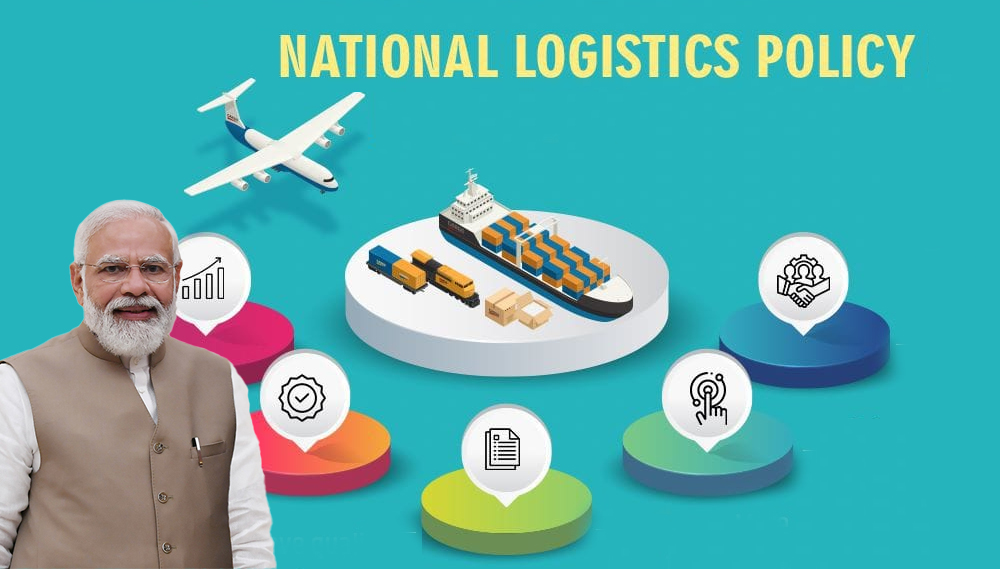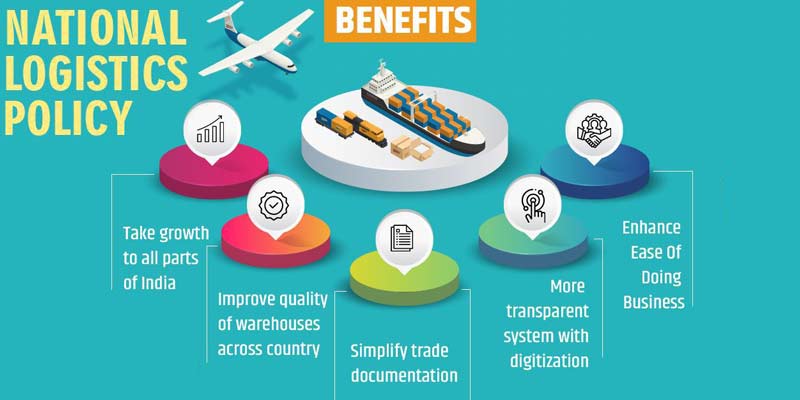India’s National Logistics Policy: What It Means for Global Businesses
India’s logistics sector is on the brink of a transformative era, thanks to the rollout of the National Logistics Policy (NLP) introduced by the Government of India in 2022. This policy has become a cornerstone in the country’s broader strategy to enhance trade competitiveness, reduce logistics costs, and improve infrastructure efficiency. For global businesses looking to expand their footprint in India or leverage its trade corridors, understanding the implications of the NLP is crucial.
In this article, we delve into the key aspects of India’s National Logistics Policy, its objectives, the role of technology, and what it means for foreign investors, manufacturers, and supply chain stakeholders.
The Vision Behind the National Logistics Policy
The primary goal of the NLP is to bring India’s logistics cost down from 14-18% of GDP to around 8%—on par with global benchmarks such as China (8%) and Germany (9%). The policy aims to create a more seamless, tech-driven, and integrated logistics ecosystem by 2030.
Key Pillars of the Policy
-
Integration of Digital Systems (IDS): A unified platform that brings together 30+ systems across various ministries, such as road, rail, customs, aviation, and commerce.
-
Unified Logistics Interface Platform (ULIP): Allows real-time data sharing between stakeholders to improve efficiency and visibility.
-
Ease of Logistics (E-Logs): Feedback mechanism for logistics service users to identify bottlenecks.
-
Standardization and Skills Development: Includes a comprehensive logistics human resources strategy and standardized operational procedures.
Opportunities for Global Businesses
1. Enhanced Supply Chain Efficiency
Global businesses operating in India—whether in manufacturing, e-commerce, or pharmaceuticals—will benefit from reduced transit times, lower warehousing costs, and improved multimodal connectivity.
Example: A German automobile company sourcing components from India can now better track shipments across sea, rail, and road through ULIP, reducing the risk of delays.
2. Investment in Logistics Infrastructure
The NLP opens the door for foreign direct investment (FDI) in multi-modal logistics parks, cold chain facilities, and smart warehousing systems. These are high-growth areas, especially for companies in food processing, electronics, and retail.
Explore business opportunities in logistics via India-Agent.com
3. Digital Transformation
India is rapidly digitizing its trade processes. NLP integrates digital technologies like IoT, AI, and blockchain into logistics operations. This shift benefits global companies by ensuring real-time tracking, reduced documentation, and better data analytics.
Related: How AI is Disrupting India’s Supply Chain and Logistics Sector
Strategic Alignment with Global Supply Chains
India’s logistics transformation is occurring at a time when global companies are diversifying supply chains and adopting the China+1 strategy. With improved logistics, India becomes a viable hub for export-oriented manufacturing.
Government Support and Incentives
The NLP complements other initiatives like:
-
PM Gati Shakti Master Plan: ₹100 lakh crore infrastructure development strategy.
-
PLI (Production-Linked Incentive) Schemes: For electronics, textiles, solar modules, etc.
-
Make in India & Startup India: Encouraging innovation and local production.
Related Reading: India’s Role in the Global Supply Chain – What Investors Should Know
Sectoral Impacts of NLP
➤ E-commerce
Faster last-mile delivery and improved warehousing in tier-2 and tier-3 cities support e-commerce giants and SMEs alike.
➤ Pharma and Cold Chain
NLP encourages temperature-controlled logistics, critical for vaccine, biotech, and perishable exports.
➤ Automotive and Electronics
Improved ports and integrated transport networks allow just-in-time inventory models, helping manufacturers control costs.
Related Link: Top Ports in India for Import-Export Business
Challenges and the Road Ahead
Despite the progress, India’s logistics landscape faces hurdles:
-
Fragmentation and lack of skilled workforce
-
Regulatory overlaps at state and central levels
-
Urban traffic congestion impacting delivery timelines
However, with the NLP’s roadmap and increased public-private collaboration, these challenges are gradually being addressed.
How India-Agent.com Helps Global Businesses
At India-Agent.com, we specialize in:
-
Sourcing and supply chain optimization
-
Vendor and customs management
-
On-ground agent services and market research
Our expertise ensures you align with India’s logistics upgrades and make data-driven, cost-effective trade decisions. Whether you’re entering India for the first time or scaling operations, we provide end-to-end support tailored to your industry needs.
Final Thoughts
India’s National Logistics Policy marks a significant leap toward a more structured, technology-enabled, and investment-friendly logistics ecosystem. For global businesses, it’s more than just a domestic policy—it’s a signal that India is serious about becoming a logistics and manufacturing powerhouse.
As logistics become the new battleground for global competitiveness, aligning with India’s policy-driven reforms today could set the stage for sustainable success tomorrow.

